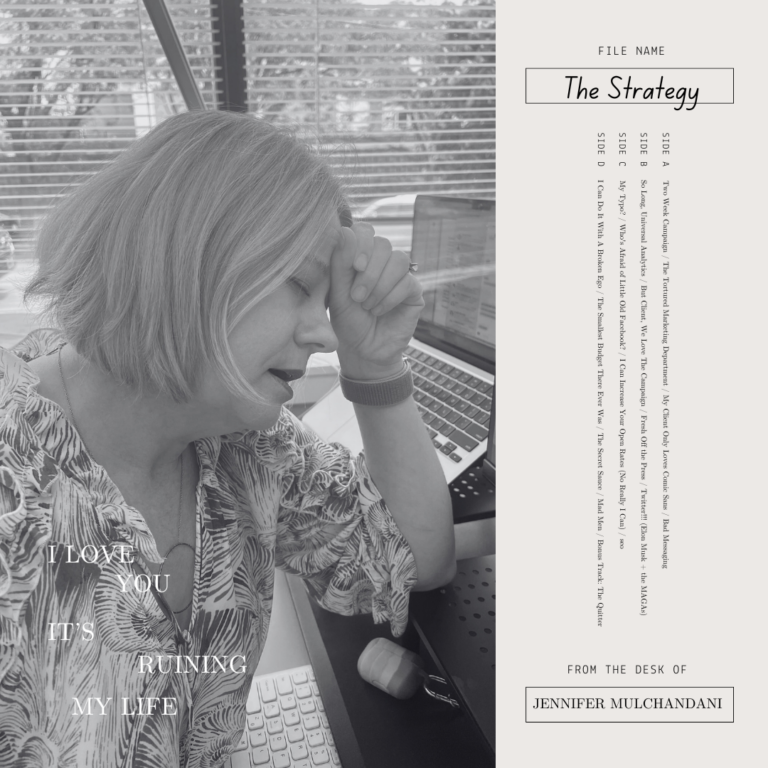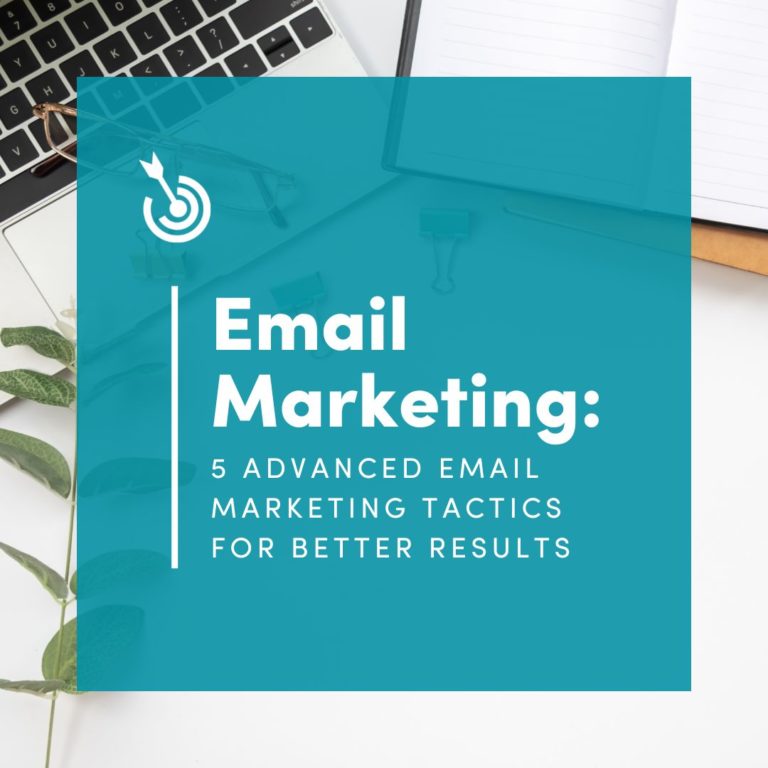Part of a series of blog posts that takes a closer look at defining your strategy.
 Clients often ask us “how much do I need to spend on an effective marketing strategy?” and they are often surprised when we don’t have an off the shelf answer for them. Really, how much you should spend varies greatly, and will depend on your available resources, goals and strategy. Available resources mean just that – what cash do you have on-hand to fund marketing; and what will your cash flow allow over the next 6-12 months. You can’t spend what you don’t have.
Clients often ask us “how much do I need to spend on an effective marketing strategy?” and they are often surprised when we don’t have an off the shelf answer for them. Really, how much you should spend varies greatly, and will depend on your available resources, goals and strategy. Available resources mean just that – what cash do you have on-hand to fund marketing; and what will your cash flow allow over the next 6-12 months. You can’t spend what you don’t have.
We help clients identify their goals, and then determine the best strategy to achieve those goals, keeping a budget in mind. Sound like a catch-22? It almost is until you put a dollar value on paper. When clients say “I have NO IDEA how much to spend on marketing!” I say, “can we budget $100,000?“ So far, my small business and nonprofit clients have said “no.” So, we discuss numbers, going back and forth until we find a budget number that doesn’t make them gasp.
Let’s pretend that number is $12,000 for 12 months (a not-uncommon starting point for small businesses with limited resources.) Allocate that money to the marketing budget list below, keeping in mind the strategy that will get you to your goal. Pretty soon you’ll know if you have to increase the amount in order to achieve a decent ROI and make progress on your goals, or if you need to identify less costly tactics to get you to your goal. Or in a worse case, you need to re-think your goals to be achievable with your limited budget.
If you only have $12,000, you may only be able to pay for a website and logo and business cards (design/development/printing.) The rest of your marketing is going to be shoestring at best. You will be doing everything yourself, and you can forget printing and mailing. However, if you are established, your $12,000 can buy a bit more, like an event and the ability to design/print and mail some collateral; maybe you will have enough to do local sponsorship advertising.
If you have an established business, then determining a budget allocation for marketing is more analytical. As your business matures, and you have actual financial data to review, make a practice of reviewing it. That allows you accurately assess how much you have spent on marketing, and measure that against your revenue. I suggested in my post What’s Your Strategy:
Allocate a reasonable budget
5% of your sales is a good starting point, but this will vary greatly depending on your revenue history, whether you are a start-up or established business. But you do have to spend money, or the best marketing strategy won’t matter.
Determining what a ‘reasonable’ budget is will be more difficult if you have no financial history. If you have been tracking your expenses, then budgeting is an easier process. The marketing budget encompasses many activities. This list is a good starting point but certainly not exhaustive. There are some expenses, like brand development, that are critical for new businesses.
Brand Development
Messaging framework
Brand guidelines
Identity/logo
Stationery and templates (including digital templates)
Website design and development
Agency Fees
Marketing/Design
Public Relations
Brand Awareness
Advertising (print/digital)
Printed Collateral (postcards/brochures/pens/mugs)
Web SEO
Mailing house
List purchase
Web/Email
Hosting
Digital marketing platform fees
Events
Registration/Booth Fees
Staffing
Collateral and Give-aways
Allocating your total budget to these various activities is a critical decision point, and should be rooted in your strategy. Make a habit of evaluating the return (or ROI) on your expenditures, so you can modify your strategy, or stay the course knowing you are achieving results. Don’t be put off by complicated metrics tracking or financial modeling. You can track results at a high level; if you invested in a website, measure monthly traffic; if you invested in advertising, track leads by asking “did you see our ad in x magazine?” If you invested in postcard mailing, use a unique discount code for each mailing to track impact. Then, when it comes to reviewing your yearly marketing budget, you can determine if past expenditures were worth it.
… but keep in mind that past performance does not always predict future ROI
Some of your lower ROI spends might have a greater potential to return on the next spend, for less input. This is often the case on print mailings – where the design and list are already in place, and your next spend may only be postage.
… and keep in mind that brands must get in front of their target audience multiple times
And that takes money. Spending without a strategy can be very expensive. We advise our clients to not budget for one ad, or one day of social media sponsored posts, or any single major spend without leaving some budget to create a layered campaign. Allocate your budget in a way that displays your brand to the same audience in multiple touches. I recommend a smaller ad so that the client can at the same time do a direct mail and zip code targeted social media ads. If you only have $500, don’t buy a one time $500 ad.



